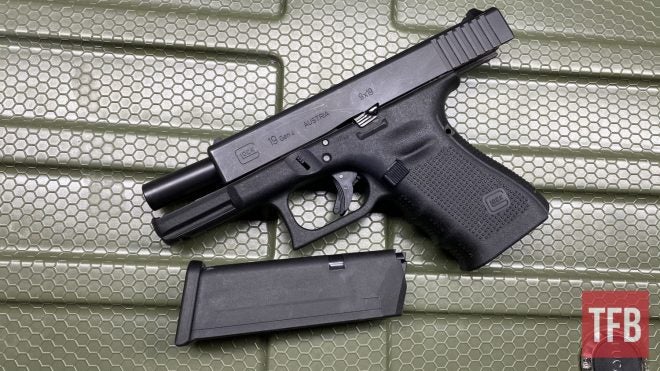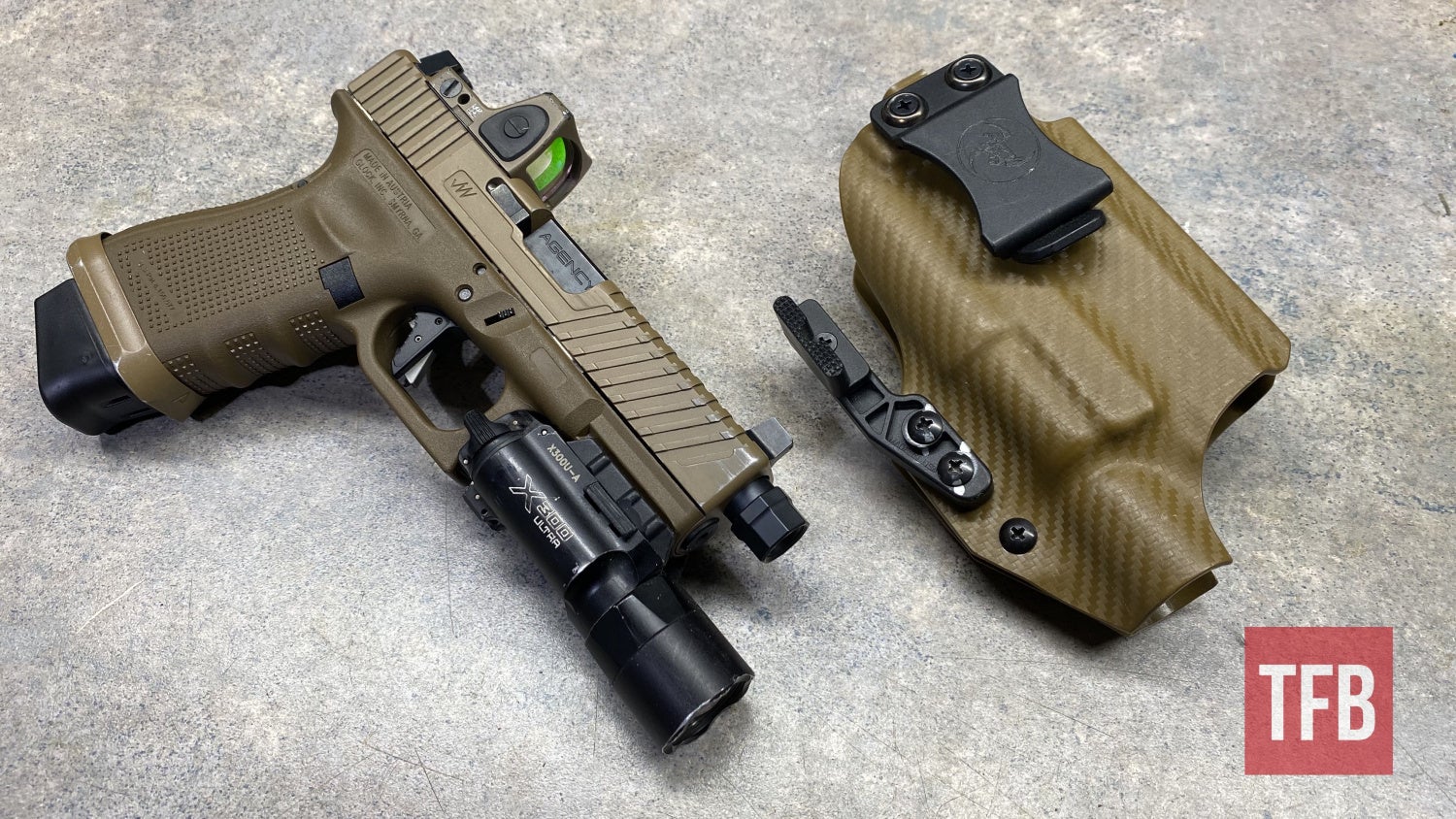This past weekend, I had the opportunity to head back down to the Academy training center to take a pistol barricade course from legendary trainer Ric Sutton. After the first day of the course, we ended up all going out to the local Mexican restaurant to just have dinner and chat about the course and shooting in general. We started getting into the difference between defensive shooting and offensive self-defense which doesn’t get talked about much in the mainstream gun community. Let’s take a closer look at offensive vs defensive protection.
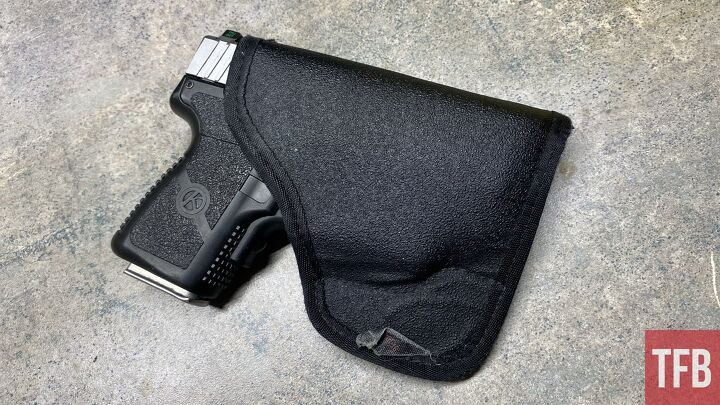
What Is Considered Defensive?
Probably the most important part of this topic is to clearly define the differences between defensive situations and ultimately offensive situations. The vast majority of classes I have taken throughout the years mainly focused on going after the target. It’s the nature of the beast where instructors are typically ex-military or law enforcement officers who want to train civilian shooters. This is ultimately a good thing since they typically have more training than the average Joe off the street but it’s not always the case. The big issue with how training courses are taught is the fact they are focused on going after the bad guy rather than being reactive. Self-defense is a fairly simple term since it literally means to defend one’s self but in order to call it self-defense, the attacker has to be attacking you in order to be justified.
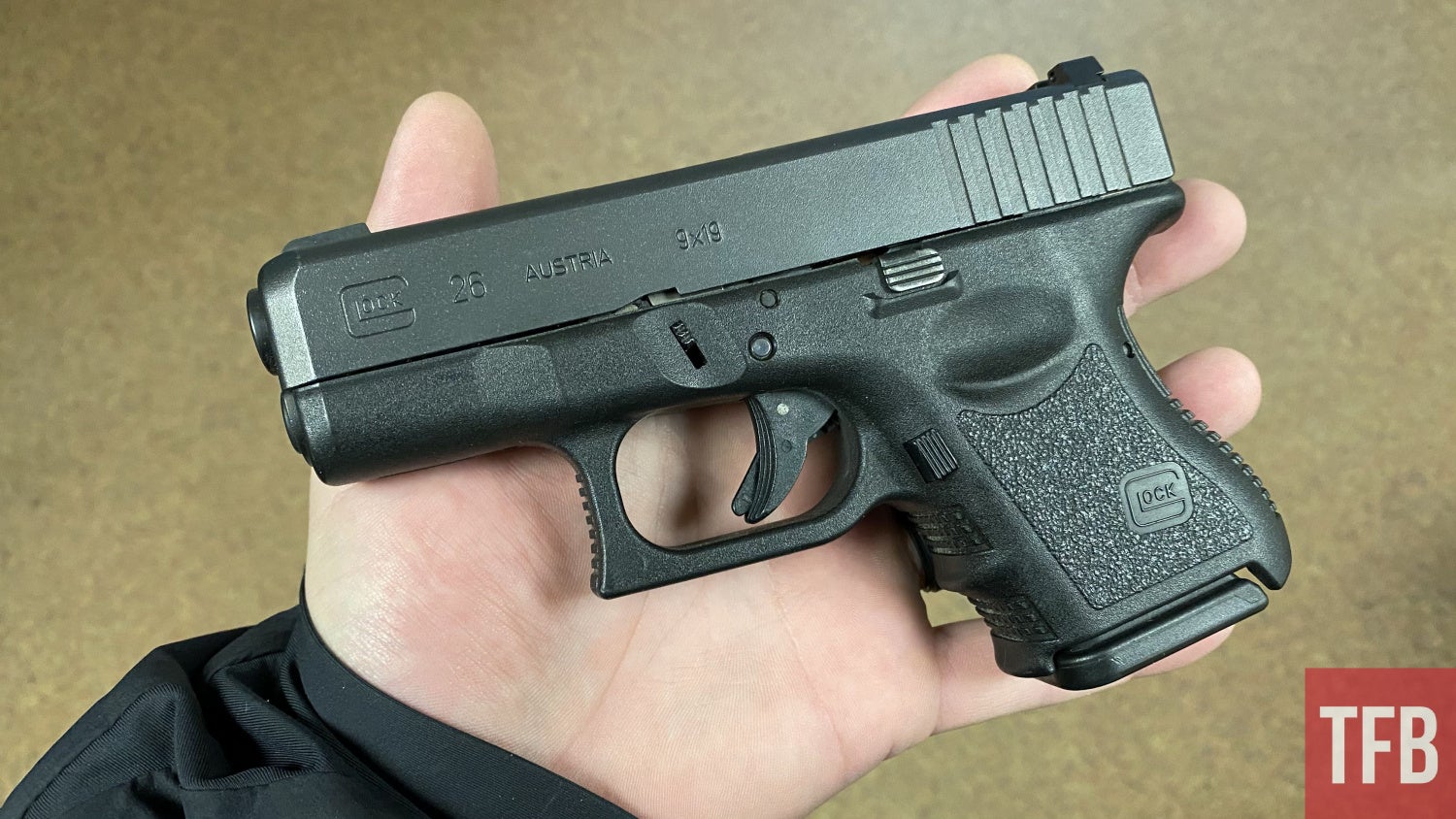
So whether it’s in a dark alley, in your vehicle or on a busy street, a clear threat has to be visible and present to call it a defensive situation. Courses like pistol dynamics or barricade shooting can be relevant if you retreat and find yourself in a bad situation where those tactics may be a huge benefit to you making it out alive. Where things start to get tricky is when you’re taking a self-defense course and they are teaching you room clearing and how to properly move with a team which is when you start to lose sight of what’s important for defensive carry.
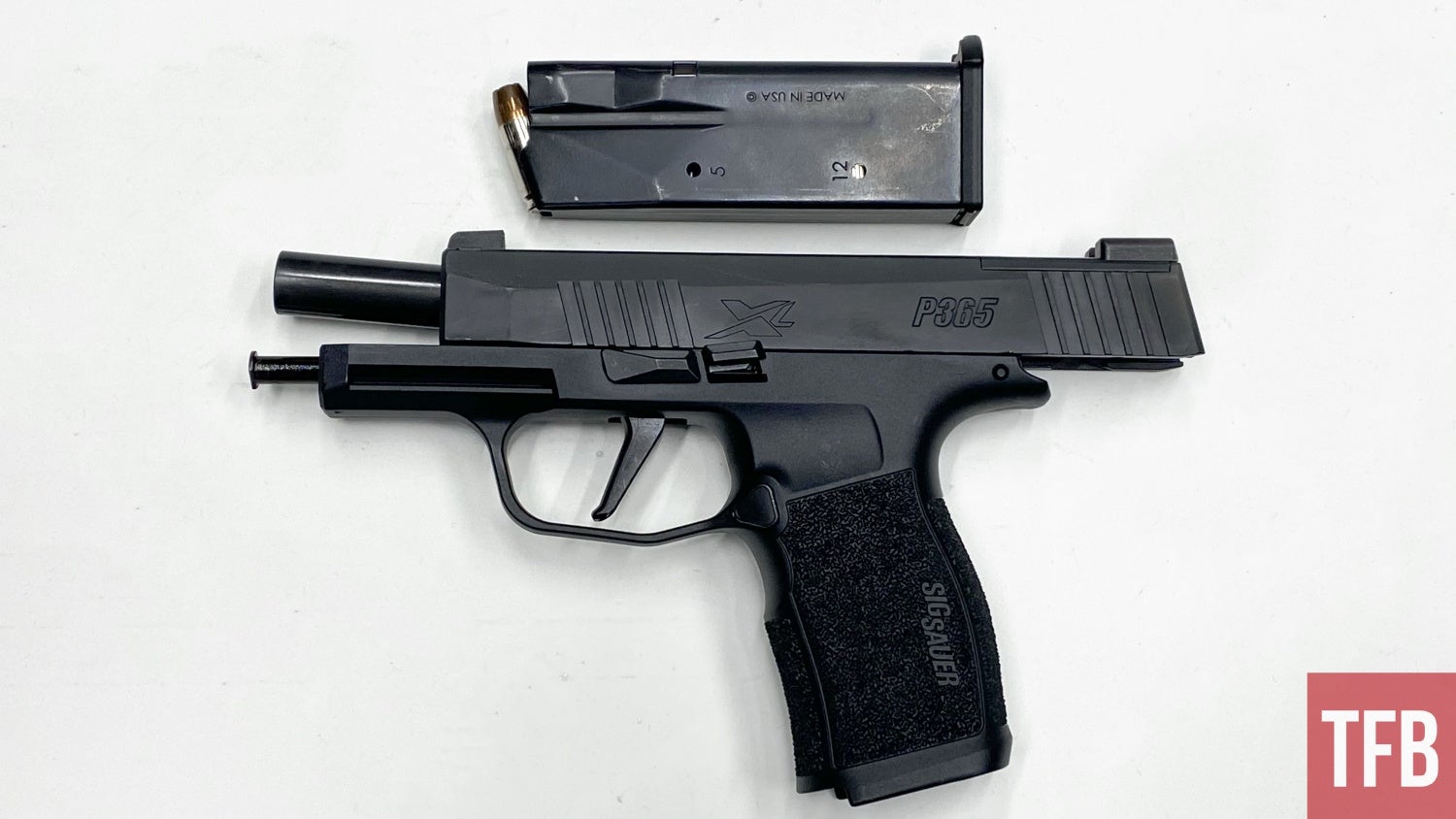
What Is Considered Offensive?
There can be a wide variety of offensive situations, whether it’s saying something when a young guy is harassing an older person on the street or even as drastic as something like an active shooter. Most times such situations where you need to step in would be considered an offensive measure since you’re not actually the one being threatened or put into danger. These types of situations are fairly straightforward when it comes to what is morally and ethically right. If you see someone in a life-threatening situation and they can’t protect themselves, it’ll be hard to stand by and watch it happen. Most of the people I’ve met who carry a concealed firearm would do everything in their power to help out someone who may not take their personal security as seriously.

Looking at a situation like someone robbing a pharmacy or gas station while you’re passing by or in the parking lot. Having the opportunity to rush in and stop the threat is really why many decide to actually carry a concealed firearm. The tricky dilemma is the fact that it’s not actually covered in self-defense. If you were in the store and there was an immediate danger to you, then it would be considered a defensive situation. But being outside and going into a building to help save lives isn’t exactly considered defense and it’s important to keep that in mind.

Police vs Conceal Carriers
Here’s where things get interesting and where I think the disconnect really shows between offensive and defensive situations. Police take an oath to protect society and with that oath comes the duty to protect and serve. If an officer rushes into that convenience store to help people, he has a certain level of shielding from litigation and potential criminal charges.

A concealed carrier doesn’t have that same shielding a police officer would and most don’t think about the potential legal issues that would await them if they went into a store to stop the threat. It’s important to see the difference between law enforcement officers and concealed carriers. Even if you have the best of intentions and just want to help people, it’s always important to take a look at the potential risks to make the most educated decision you can.
Overall Thoughts
At the end of the day, there’s no price to being able to live with yourself. Worrying about the legal ramifications should be in the back of your head but it’s still important to understand why you decide to carry a concealed firearm. With that responsibility comes the need to understand the potential risks that come with carrying a concealed firearm. If you ever get shoved into a terrible situation, it’s important to understand the problems both legally and criminally you may face as a result. Only you can make that decision though.
What do you guys think about the idea of offensive versus defensive protection? Is it something we should be talking more about in the community or do you think people will do what’s right in their eyes regardless? Let me know down in the comments below. If you have questions about carrying or firearms in general, feel free to message me on Instagram @fridgeoperator. Stay safe out there.
We are committed to finding, researching, and recommending the best products. We earn commissions from purchases you make using the retail links in our product reviews. Learn more about how this works. Your Privacy Choices
Your Privacy Choices
